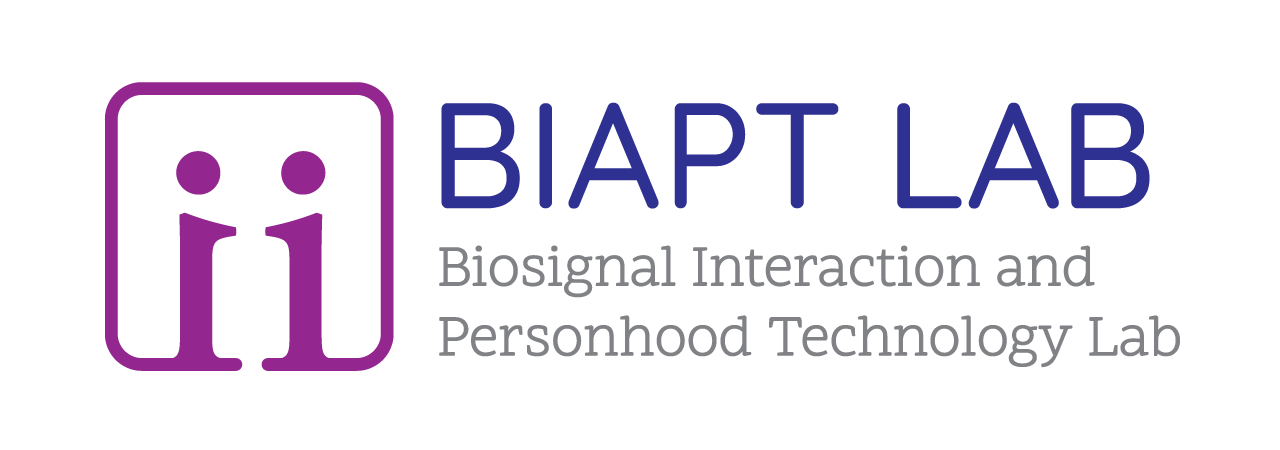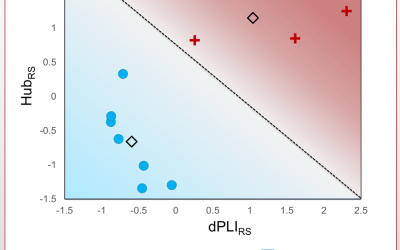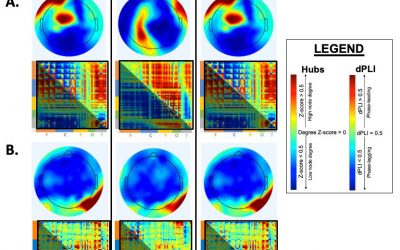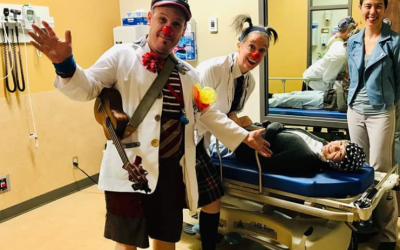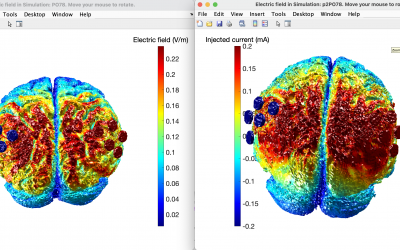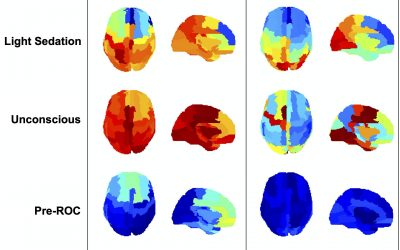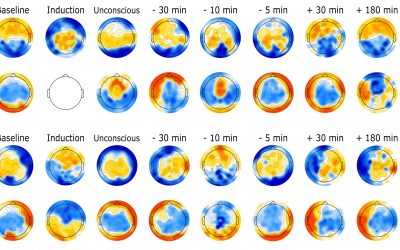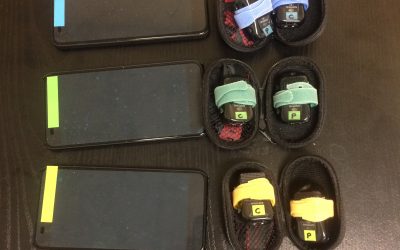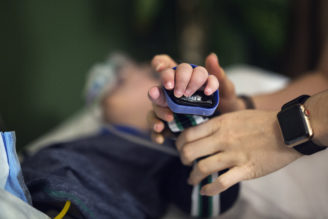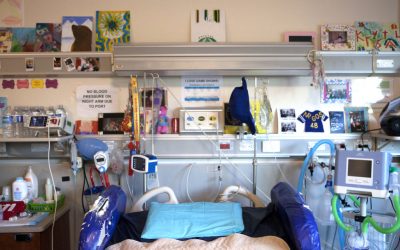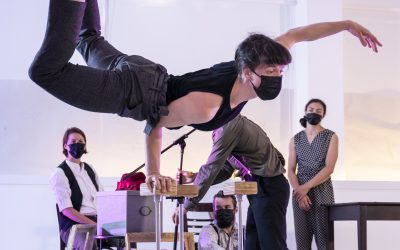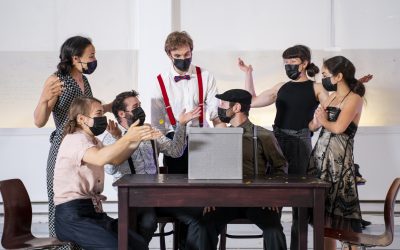Current Research Projects
Assessing Consciousness
An individual’s level of consciousness — in other words, their ability to perceive themselves and their environment — is typically assessed by their appropriate response to the environment. What happens when someone is left unable to move or speak as a result of a stroke, a traumatic brain injury, or a neurodegenerative condition? How do we know whether these individuals are conscious? How do we know whether they have the potential to eventually recover consciousness? This research theme in the BIAPT lab aims to address these, and other related questions.
The Adaptive Reconfiguration Index
Assessing the level of consciousness and establishing a prognosis for recovery of consciousness in patients who are behaviourally unresponsive are fundamental shortcomings of clinical practice. Significant progress has been made in the neuroscience of consciousness,...
The NET-ICU Project
Individuals who have suffered a severe brain injury typically need an extensive stay in an intensive care unit (ICU) in order to survive. In the ICU, critical treatment decisions are made in order to maximize the likelihood of recovering consciousness and cognitive...
Resonance
Over the past 20 years, improvements in medical life-saving and life-sustaining technologies have created “a new strain of human beings” with minimal to no ability to interact with others. Caring for such individuals requires expertise from health sciences,...
Neuromodulation to Stimulate Consciousness
Neuromodulation is a technique whereby low-intensity electrical current is applied to the surface of the scalp in order to modulate the electrical properties of a region of the brain. There are two common forms of transcranial electrical stimulation (tES):...
Neural Correlates of Consciousness
What are the EEG markers of different levels of consciousness? The BIAPT lab is working on EEG-network markers of loss and recovery of consciousness across anesthesia, disorders of consciousness and sleep. Motifs Motifs are patterns of inter-connections...
Neural Correlates of Concussion
Concussions are the most commonly experienced form of traumatic brain injury. Currently, there is no stand-alone tool capable of diagnosing concussion with sufficient accuracy. Clinicians rely on a battery of assessments that are largely subjective, are prone to...
Biomusic
Biomusic Technology
Biomusic is a novel technology that translates significant changes in physiological signals into musical output. Biomusic has been shown to increase the sense of presence and personhood of persons who have diverse communicative capacities by enabling others to “tune...
Participatory design of biomusic for non-communicative users and their caregivers
Photocredit: Joannie Lafrenière Over the past few decades, there has been an exponential increase in the number of individuals who live with minimal communicative ability. While the reasons for this condition vary dramatically between individuals, many share the...
Interpersonal physiological synchrony
Photocredit: Chloë Ellingson It is challenging to determine the level of connection within a dyad if one person has minimal ability to move or speak. Perceiving dynamic levels of interpersonal connection is particularly important for caregivers of non-communicative...
Personhood
Piece of Mind
Photo credit: Naomi Silver-Vézina Traditional research dissemination is passive, hampering its uptake outside specific silos within academia and limiting interaction with the stakeholder community. In this project, we aim to foster meaningful collaboration for the...
Consciousness and Personhood
Photo credit: Naomi Silver-Vézina The BIAPT lab is interested in exploring the relationship between consciousness and personhood. The concepts of person and personhood play pivotal roles in Western medical care and clinical ethics. The claim to personhood has long...
